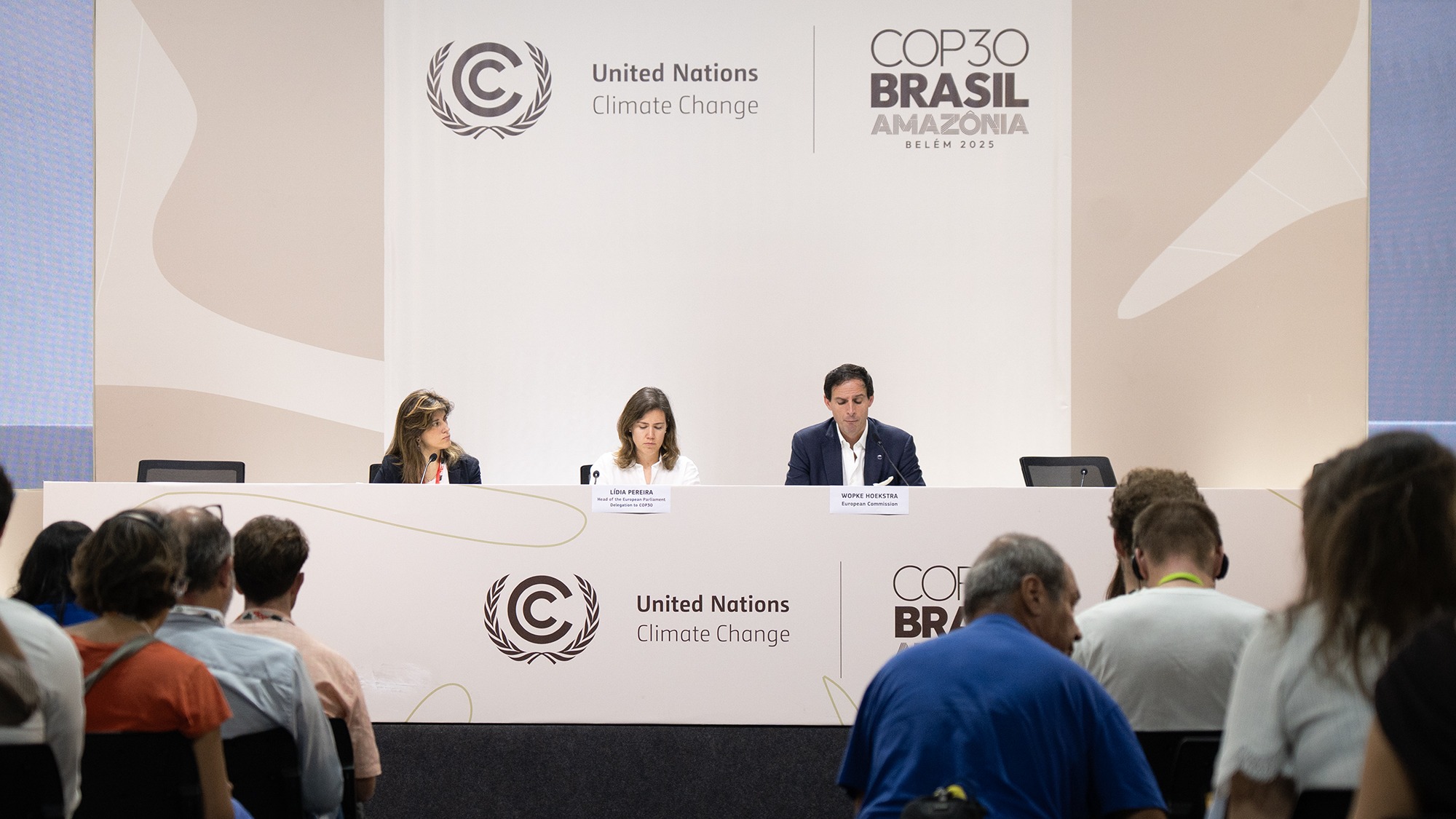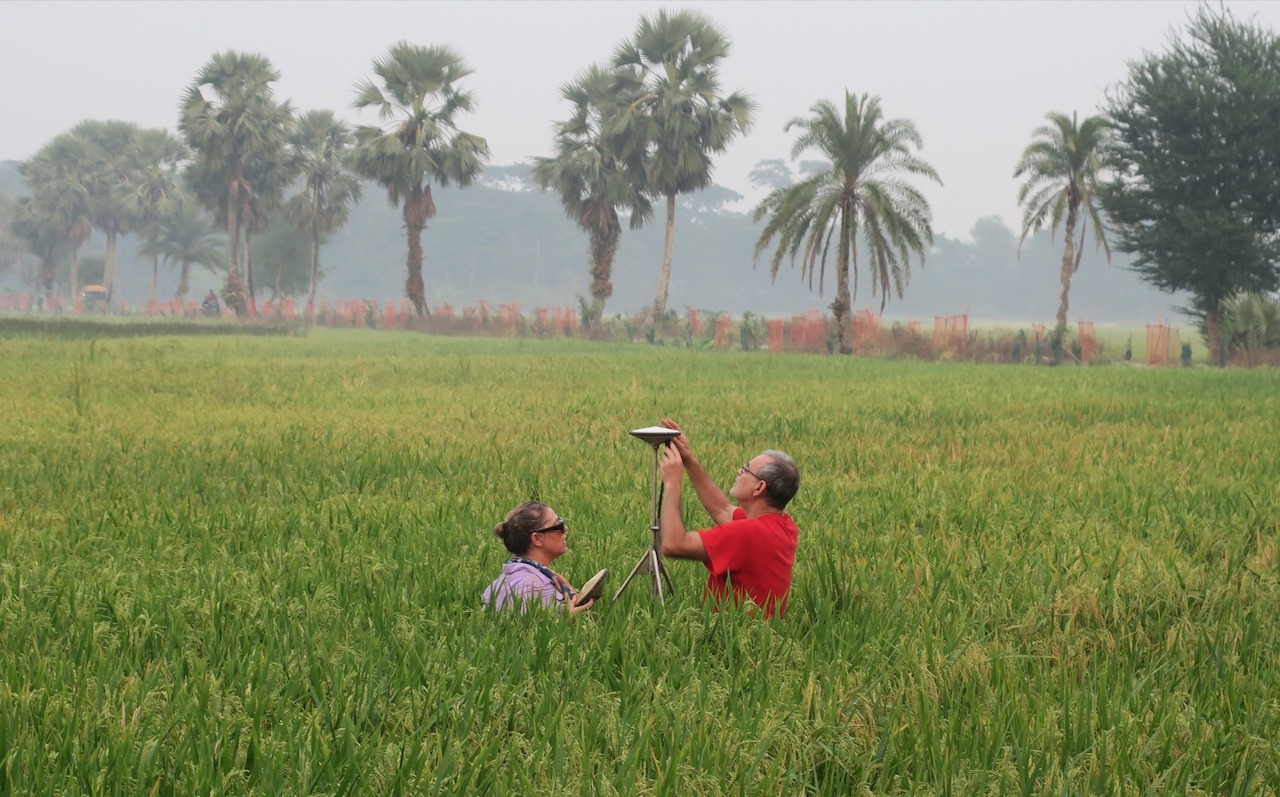Bill Gates scandalized much of the climate advocacy world late last month when he called for a “strategic pivot” in climate action. The Microsoft cofounder and billionaire philanthropist argued for shifting attention away from global temperature targets and toward the work of preparing for the consequences of global warming. Or, in United Nations parlance, a shift from climate mitigation to adaptation.
While Gates’ call stirred controversy among those who want to see faster global decarbonization, there is already a broad consensus that adaptation — building the infrastructure that will help especially the poorest nations weather supercharged fires, floods, and droughts — is dramatically underfunded. The 2015 Paris Agreement promotes both mitigation and adaptation, but the latter has proven consistently harder to fund than the former: 64 percent of international climate-related financing has gone to mitigation, with only 17 percent to adaptation (with 17 percent going to both pools).
Secure · Tax deductible · Takes 45 Seconds
Secure · Tax deductible · Takes 45 Seconds
Negotiators at the UN’s 30th annual Conference of the Parties, the annual summit where world leaders come together to implement the Paris Agreement and coordinate responses to climate change, appear determined to start bridging this gap, though specifics are still hard to come by. At a press conference on Wednesday, European Union climate commissioner Wopke Hoekstra was asked three times whether the 27-country Union was supportive of a nascent plan that would triple adaptation funding for vulnerable countries, from the roughly $40 billion target now to $120 billion annually by 2030. Three times, the Dutch politician politely punted.
“Adaptation is at the very heart of the conversation we are having,” he said. “We do think there is a huge opportunity for more money to arrive for those in need.”
In translation: Many countries represented at COP30, as the conference is called, agree that the world’s wealthy nations need to cough up billions of dollars in additional funding so that poorer countries can armor themselves against climate-driven disaster. That’s because the world’s richest countries are disproportionately responsible for causing climate change, by emitting the lion’s share of historical greenhouse gases, while countries that did little to contribute to the crisis are least prepared to face it.
But actually pledging that money is a different story — even for the European Union, which is widely recognized as the global leader on climate action among developed nations. The success of COP30, in the eyes of many leaders of developing countries, depends on attaching hard, written numbers to these gestures of goodwill.
“We really need more resources for adaptation,” said Giovanna Valverde Stark, special advisor on climate change for the Ministry of Foreign Affairs in Costa Rica, midway through the final week of deliberations on Wednesday. “For all developing countries, increasing the adaptation fund and the provisions is extremely important.”
But delivering on a goal like adaptation funding — a target growing more important as climate-fueled extreme weather events cause billions of dollars in damages every year — is easier said than done when one of the world’s wealthiest players, the United States, is nowhere to be found.
The U.S. sent no high-level officials to COP this year. Since Donald Trump assumed the presidency for the second time in January, his administration has rolled back international climate, security, and aid funding while withdrawing, for the second time, from the Paris Agreement. At the same time, Trump has launched a series of trade wars with countries around the world, imposing new tariffs and fueling global economic instability. Many other prominent countries are reducing their aid funding as well, due to a wide variety of political and economic pressures that have cropped up in the decade since the Paris Agreement was signed, such as the ongoing war in Ukraine.
“The E.U. will be looking for other developed countries to help step up, and the U.S. position does make that more challenging now,” said Matt Webb, associate director for global clean power diplomacy at E3G, a climate change think tank.
Against this backdrop, tripling adaptation financing from where it currently stands, at less than $33 billion delivered in 2022, can look like a nonstarter. And finance is just one piece of the adaptation puzzle being negotiated at COP. Delegates also need to define up to 100 “adaptation indicators,” which are measures tracking the effectiveness of the steps countries take to harden themselves against climate change, in terms of lives and dollars saved.
These indicators are a subject of fierce debate. They need to be relevant to all countries implementing them, and they can’t be overly onerous, causing nations to pursue legal reforms or spend unreasonable sums of money on developing new tracking infrastructure. Measuring the amount of stress bodies of water are under, for example, can help countries understand if they are overdrawing their freshwater resources. Tracking the percentage of a given country’s sanitation systems that are retrofitted to conform to climate-resilient standards might be another worthwhile indicator.
“The whole discussion right now is the importance of the indicators,” Stark said. “If you don’t have a baseline, you cannot measure the progress that is going on.”
The adaptation indicators and the goal of at least tripling funding for this type of work is just one plank of a major funding push underway at COP30. At last year’s conference in Azerbaijan, negotiators set a new $300 billion per year minimum floor for climate finance to developing countries by 2035, with a broader target of mobilizing $1.3 trillion per year across a variety of different funding mechanisms. Figuring out how to make that mobilization happen is one of many issues that countries are trying to hash out. Finance has to compete for attention, for example, with the ongoing debate over formal language committing the world to transitioning away from fossil fuels — another issue on which consensus will be hard-won, if achievable at all.
Still, at this stage in the negotiations, onlookers — nongovernmental organizations, diplomats, and coordinators at the conference — are hopeful that the adaptation conversation is moving in a positive direction. So are delegates from developing countries. “I’m an optimist,” Stark said.
Pratishtha Singh, international policy analyst at the climate activist group Climate Action Network Canada, said it’s high time for developed countries to deliver additional aid funding. “We are hearing very clearly from our global south partners that, without the financial support, it’s just a hollow framework,” she said.
That’s why onlookers are hoping for, at the very least, a formal acknowledgement that adaptation funding is an important part of the $1.3 trillion target set last year and, ideally, a specific new spending target set at COP30.
“If it’s not set, we need to keep pushing,” said Emilie Beachamp, an adaptation expert at the International Institute for Sustainable Development, a think tank, who is participating in adaptation talks. “We need to keep calling for it — and to start tracking how finance flows.”
Source link
Zoya Teirstein grist.org



